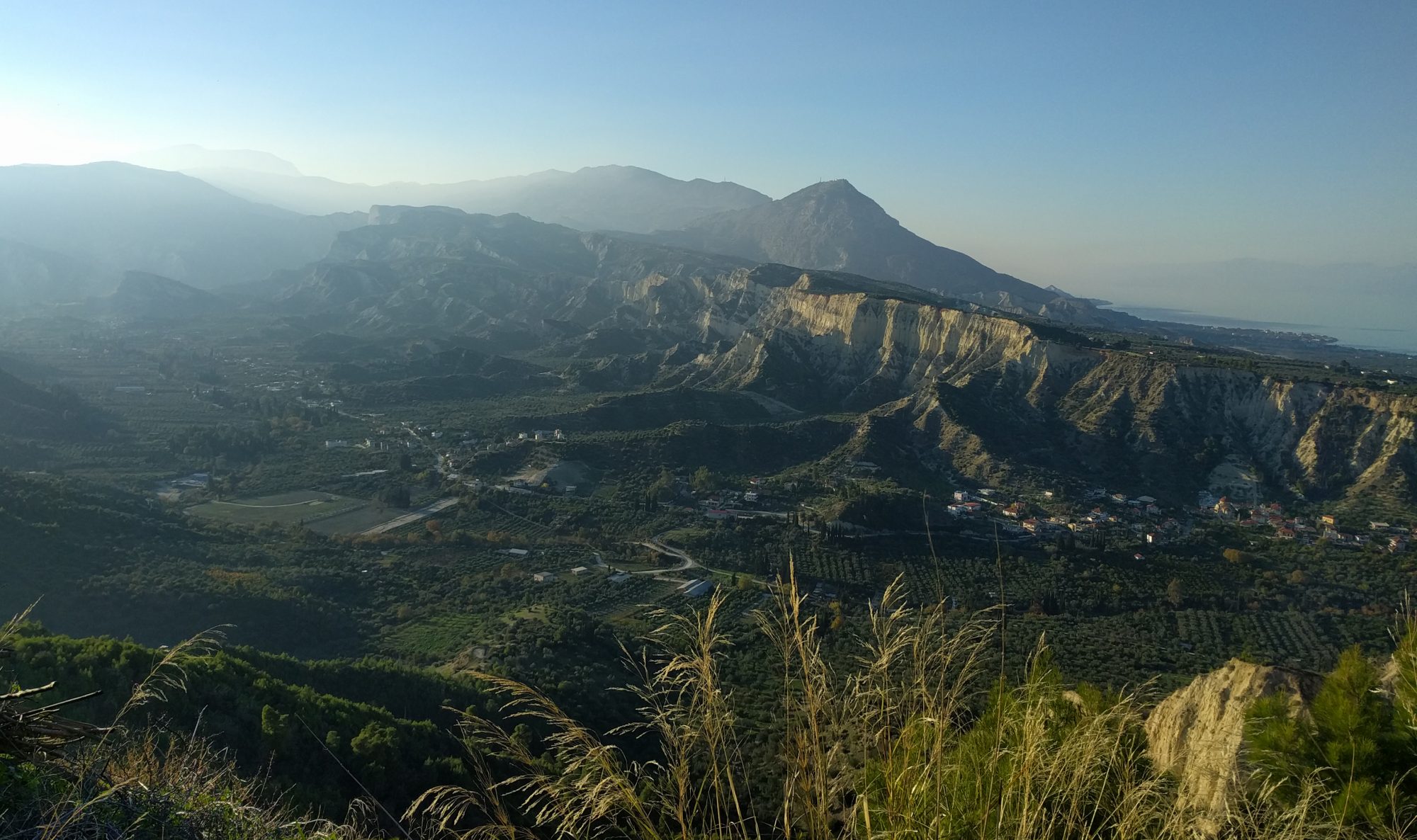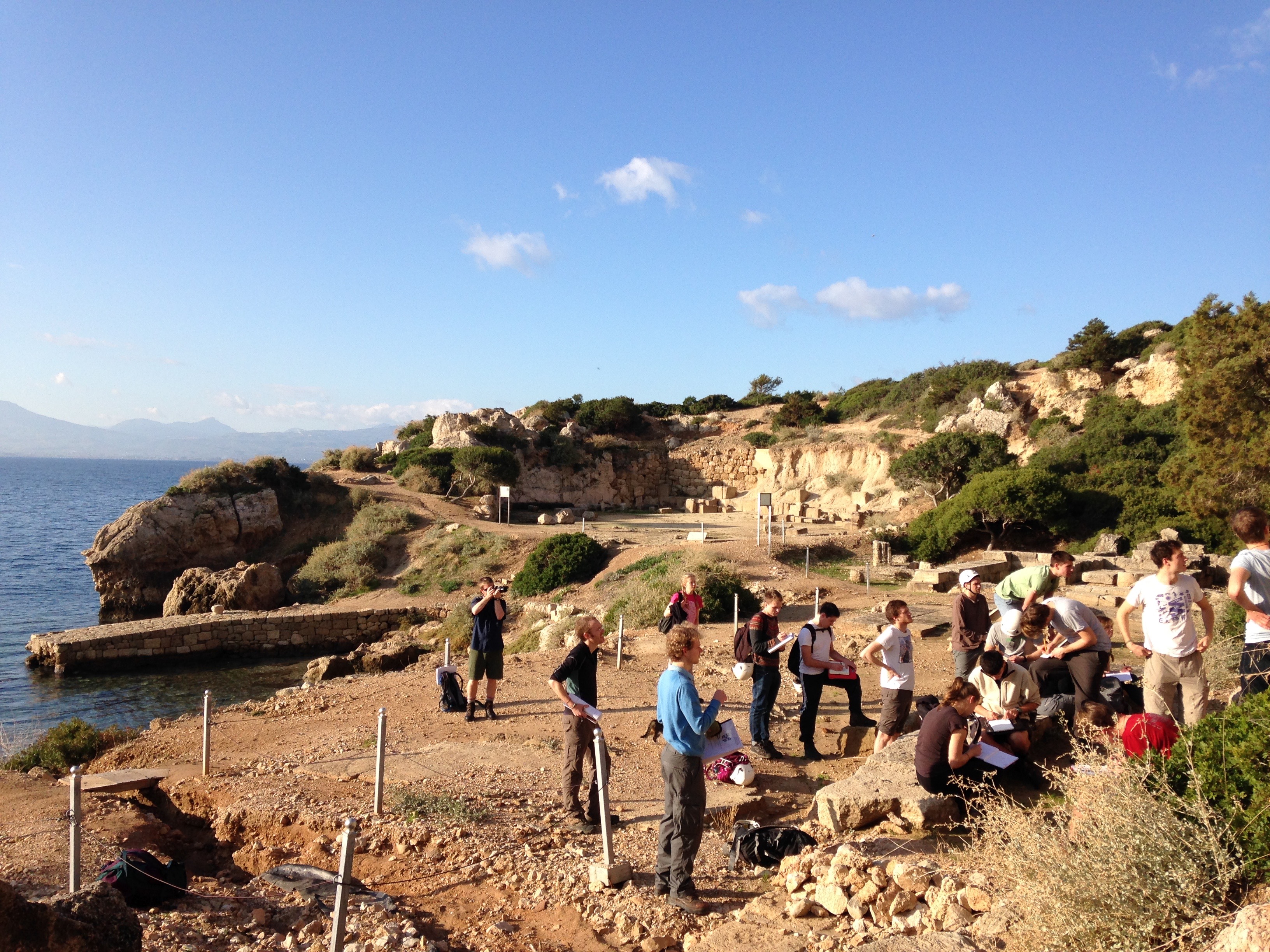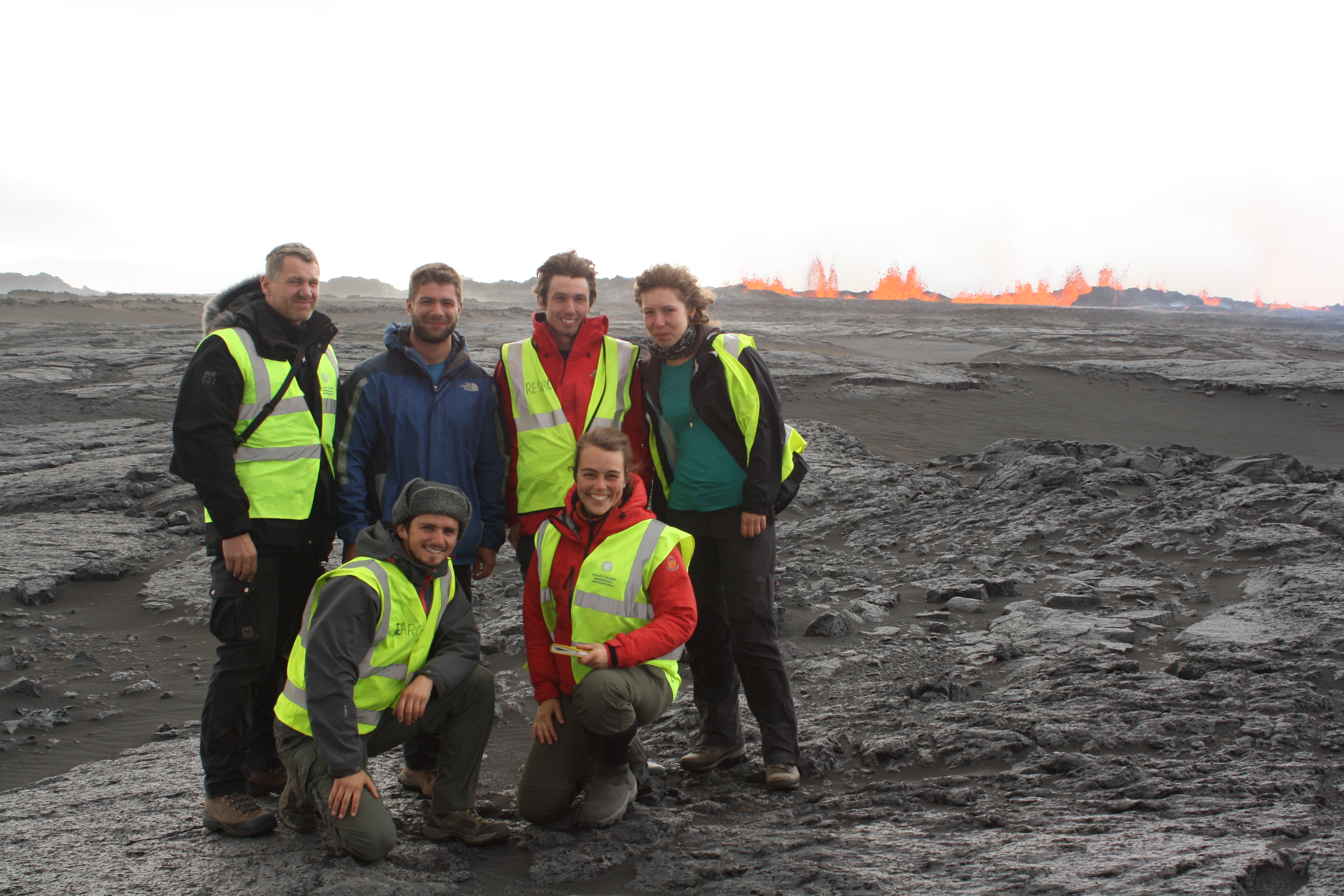Part 1 – Tracking the First Colonizers of Land
The Sun was setting fast. Only about half an hour before it sunk beneath the horizon. But that was just perfect. For that’s when the Sun’s low, raking rays clipped the surface of Tumblagooda Sandstone, perched high above the Murchison River gorge in Western Australia. And there, running across the surface, like sets of miniature railway tracks, were three sets of parallel rows of little footprints made by multi-legged arthropods about 430 million years ago. Each trackway was as wide as my hand. One animal had followed another, then veered off to the left. Another, more faint set, had cut across them, moments later. Each trackway marked the activity of these animals for maybe just 20 seconds of their lives hundreds of millions of years ago.
Continue reading “Trails from the Outback”



